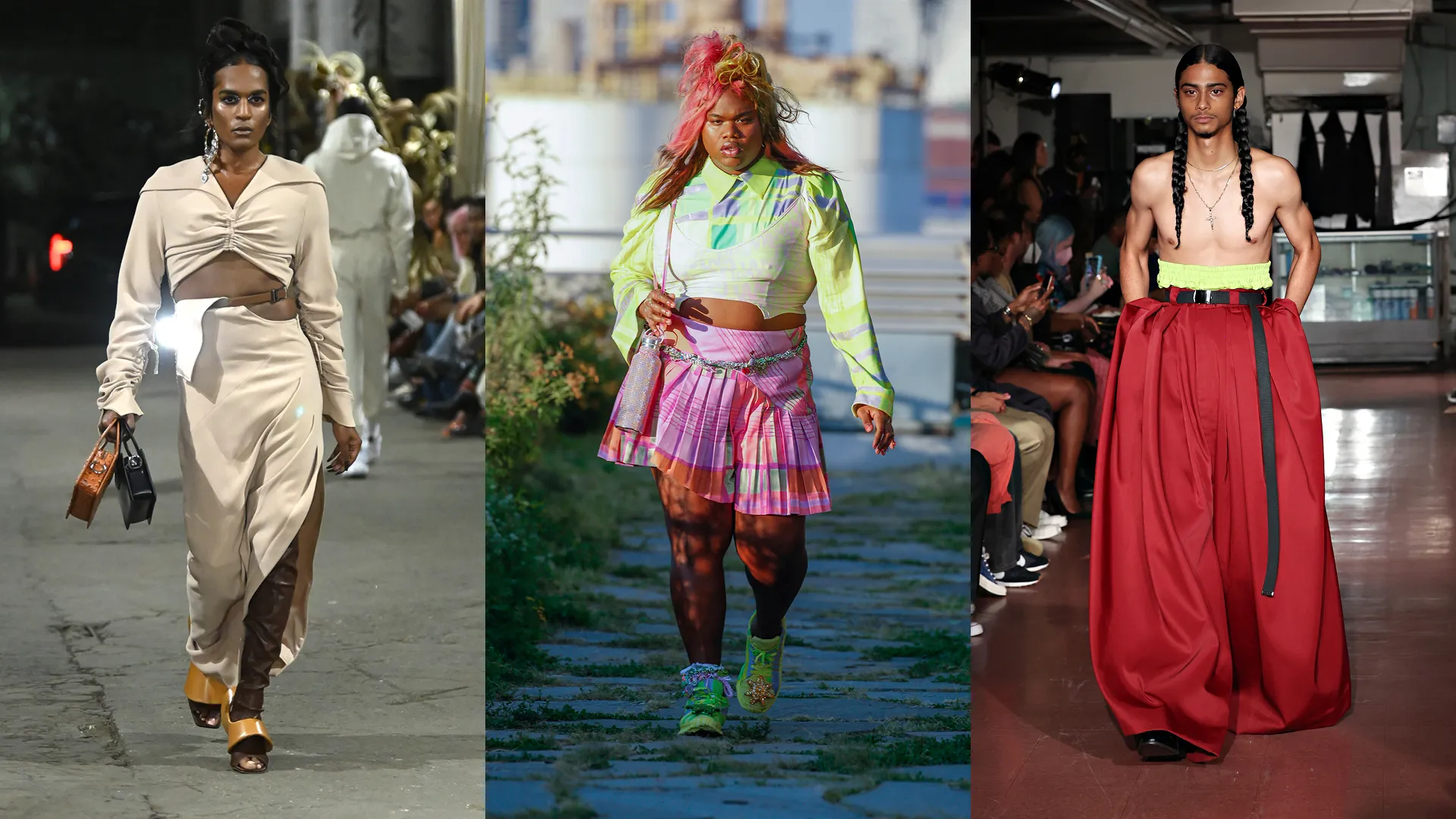Fashion is more than just clothing; it’s a form of self-expression, a language through which individuals communicate their identity, beliefs, and aspirations. From the runway to the sidewalk, it reflects culture, history, and societal values. It encompasses clothing, accessories, hairstyles, and even body modifications, serving as a canvas for creativity and innovation.
The Evolution of Fashion Through the Ages
It has always been an integral part of human civilization, constantly evolving and adapting to the ever-changing societal trends. From the ancient civilizations to the modern era, it has played a significant role in shaping our identities and reflecting the cultural values of different societies. But what exactly is fashion, and why does it hold such a profound influence on our lives?

Defining Fashion: More than Just Clothing
It is often misunderstood as merely the clothes we wear, but in reality, it encompasses a much broader spectrum. It is a form of self-expression, a reflection of our personalities, beliefs, and aspirations. It extends beyond garments and includes accessories, footwear, hairstyles, makeup, and even the way we carry ourselves. It is a powerful means of communication that transcends language barriers and allows individuals to convey their individuality to the world.
The Influence of Fashion on Society
It has the remarkable ability to shape societal norms and perceptions. It has the power to challenge stereotypes, break barriers, and redefine beauty standards. Throughout history, it has been used as a tool for social change, enabling individuals to express their dissent or support for various movements. From the suffragette’s symbolic white attire to the punk movement’s rebellious fashion statements, clothing has been a powerful medium for advocating social and political causes.
The Intersection of Culture and Fashion
One of the most captivating aspects of it is its deep-rooted connection to culture. Every society has its unique sartorial traditions, influenced by its history, climate, beliefs, and values. Traditional attire not only preserves a community’s heritage but also serves as a visual narrative of its identity. As the world becomes increasingly interconnected, cultural fusion in fashion has become prevalent, giving rise to innovative designs that celebrate diversity and inclusivity.
Fashion as an Art Form
Beyond its utilitarian purpose, it is a form of art that enables designers to unleash their creativity and imagination. The runway becomes a canvas where designers showcase their avant-garde creations, pushing boundaries and redefining aesthetic standards. Each garment is meticulously crafted, embodying the designer’s vision and craftsmanship. Fashion shows and exhibitions serve as platforms for artists to narrate compelling stories through their collections, blurring the lines between fashion and art.

Sustainability and Ethical Fashion
In recent years, the fashion industry has faced scrutiny for its environmental impact and unethical practices. The rise of fast fashion has led to excessive waste and exploitation of labor in many developing countries. However, there is a growing movement towards sustainable and ethical fashion, with designers and consumers alike advocating for responsible production and consumption. From eco-friendly materials to fair trade practices, the industry is gradually shifting towards a more conscientious approach to it.
The Digital Age of Fashion
The advent of technology has revolutionized the way we perceive and engage with it. Social media platforms have become virtual runways where trends are set, and style influencers dictate the latest fads. E-commerce has made it more accessible than ever, allowing consumers to explore a myriad of options from the comfort of their homes. Virtual reality and augmented reality are redefining the traditional shopping experience, offering innovative ways to interact with fashion brands.

From Runways to Instagram Feeds
In today’s digital era, it is more accessible and democratized than ever before. Social media platforms serve as virtual runways, where influencers and designers showcase their latest creations to global audiences. Fashion bloggers and vloggers wield influence, shaping consumer preferences and trends with each post and video. The internet has revolutionized the way we consume and interact with it, blurring the lines between creator and consumer, and fostering a culture of instant gratification and endless inspiration.
Read Also How Is Color Used In Fashion: A Visual Journey.
Fashion Psychology
The relationship between fashion and psychology is a fascinating subject that delves into the emotional and mental effects of clothing choices. Studies have shown that what we wear can significantly influence our self-perception, confidence levels, and overall mood. The concept of “enclothed cognition” suggests that our attire can affect our cognitive processes, shaping our behavior and performance. Understanding the psychological implications of it can empower individuals to make conscious style decisions that positively impact their well-being.
The Future of Fashion
As we embark on a new era, the future of fashion holds endless possibilities. Advancements in technology, such as 3D printing and wearable tech, are reshaping the way garments are designed and worn. The concept of personalized fashion, tailored to individual preferences and measurements, is gaining momentum. Furthermore, inclusivity and diversity are becoming central themes in the industry, with brands embracing body positivity and gender-neutral clothing lines.

In conclusion, it is not merely a fleeting trend or a superficial indulgence; it is a dynamic force that permeates every aspect of our lives. It reflects our culture, influences our perceptions, and empowers us to express our true selves. By understanding the depth and significance of it, we can appreciate its transformative power and contribute to a more conscious and inclusive sartorial landscape.
FAQs
Fashion refers to prevailing trends and styles within a particular time and culture, while style is a personal expression of individuality and taste. Fashion is ever-changing, while style is enduring and reflective of one’s unique identity.
No, it encompasses a wide range of elements, including clothing, accessories, hairstyles, makeup, and even body language. It’s a holistic expression of identity and creativity.
Developing your personal style involves self-discovery, experimentation, and authenticity. Take inspiration from various sources, but ultimately, trust your instincts and wear what makes you feel confident and comfortable.




